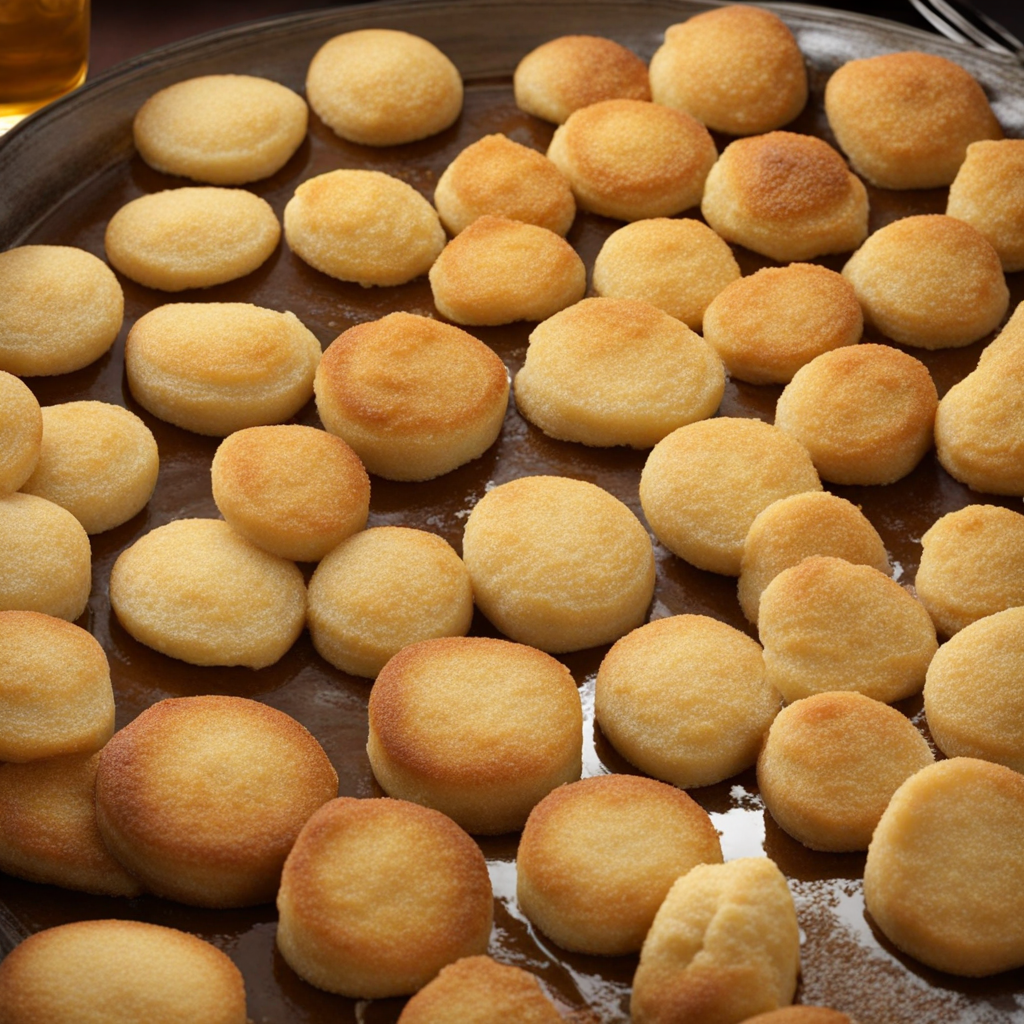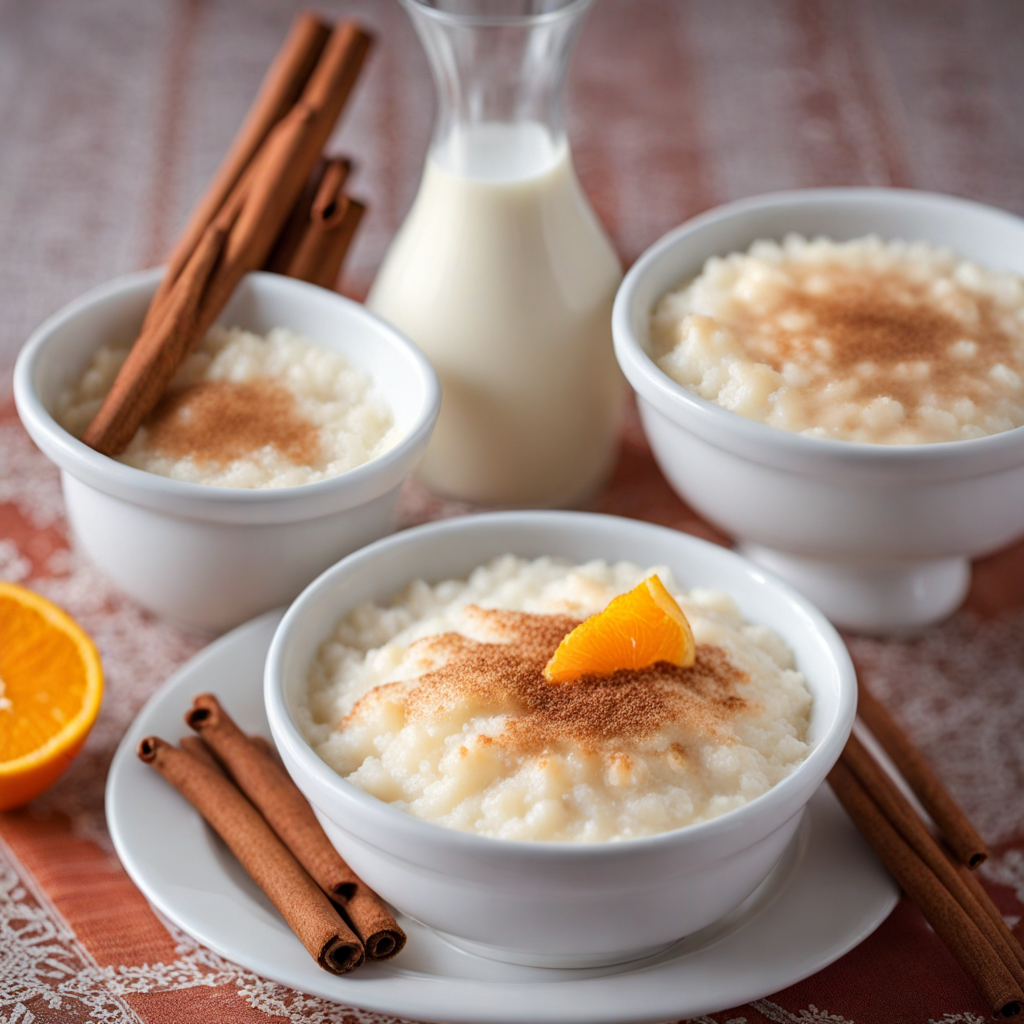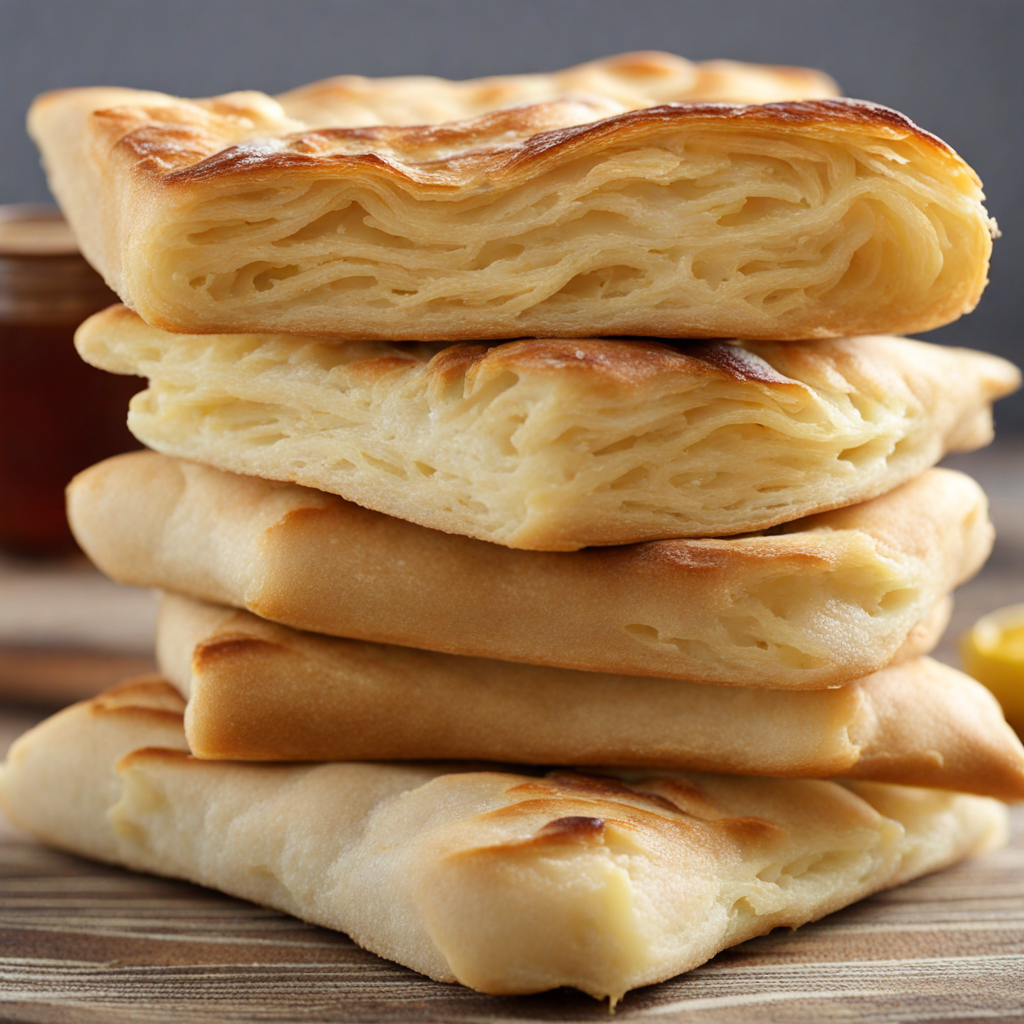Harcha
Harcha is a delightful Moroccan flatbread made primarily from semolina, which gives it a unique texture that is both slightly crumbly and pleasantly chewy. Often enjoyed warm, it has a golden-brown crust that encases a soft, tender interior. The dough is typically mixed with just a few simple ingredients: semolina, salt, baking powder, and water or milk. This simplicity allows the natural flavors to shine, making Harcha an excellent canvas for a variety of toppings or accompaniments. The aroma of freshly cooked Harcha is irresistible, drawing you in with its nutty scent that hints at the rich, comforting taste to come. Traditionally, Harcha is cooked on a griddle or in a heavy skillet, which creates a wonderfully crispy exterior while keeping the inside moist. It's often enjoyed for breakfast or as a snack throughout the day. The bread can be sliced and spread with butter or honey, or served alongside savory dishes such as tagines, stews, or even spicy dips like harissa. This versatility makes Harcha a beloved staple in Moroccan households, cherished for its ability to complement both sweet and savory flavors. One of the joys of discovering Harcha is experimenting with different variations. While the classic version is a must-try, some regions in Morocco add ingredients like cheese, herbs, or spices to enhance the flavor profile. You might also come across Harcha made with flavored oils or infused with orange blossom water for a fragrant twist. Whether you enjoy it plain or with your favorite toppings, Harcha offers a comforting and satisfying taste of Moroccan cuisine that invites you to savor each bite.
How It Became This Dish
The History of حرشة (Harsha) in Morocco #### Origins and Definition Harsha, a quintessential Moroccan dish, is a type of semolina-based bread that has woven itself into the rich tapestry of Moroccan culinary tradition. Its origins can be traced back to the Berber tribes of North Africa, whose culinary practices laid the groundwork for many dishes that define Moroccan cuisine today. Traditionally, Harsha is made from coarse semolina, water, and a pinch of salt, sometimes enriched with ingredients like butter or olive oil to enhance its flavor and texture. The word "Harsha" itself is derived from the Arabic word "حَرَشَ," which means "to crush" or "to grind," a nod to the process of transforming semolina into a dough. The Berbers, known for their agrarian lifestyle, often made Harsha as a staple food, utilizing the grains produced from their fields. This simple yet nourishing bread reflects the resourcefulness of a people who relied on local ingredients to create sustenance. #### Cultural Significance In Moroccan culture, Harsha is more than just a staple food; it carries deep cultural significance. It is often enjoyed during communal meals, symbolizing unity and hospitality. In rural areas, it is common for families to gather around a large platter of Harsha, breaking bread together and sharing stories. This communal aspect of eating is a reflection of Moroccan values, where food serves as a medium for connection and bonding. Harsha is also integral to various celebrations and rituals. For instance, it is often prepared during religious holidays, weddings, and family gatherings. The preparation of Harsha can be a communal activity, where women gather to mix the ingredients, shape the dough, and cook it on traditional griddles called "tanjias" or in clay ovens known as "fours." This practice not only reinforces familial bonds but also preserves the traditional methods of food preparation that have been passed down through generations. #### Development Over Time As Morocco's culinary landscape evolved, so did Harsha. The introduction of new ingredients and cooking techniques influenced its preparation and presentation. In urban areas, where globalization and modernization have taken root, Harsha has undergone several transformations. While the traditional recipe remains popular, variations have emerged, incorporating diverse flavors and ingredients. One notable evolution is the incorporation of spices and herbs into the Harsha dough. Ingredients such as saffron, coriander, and even local cheeses have found their way into the mix, providing a unique twist to the classic dish. Additionally, Harsha is often served with a variety of accompaniments, including honey, jam, or a drizzle of olive oil, turning it into a versatile dish suitable for breakfast, lunch, or dinner. Moreover, Harsha’s popularity has transcended regional boundaries within Morocco. While it originated in the Berber communities of the Atlas Mountains, it has become a beloved food across the nation, with each region adding its unique flair. For example, coastal areas may feature Harsha served with fresh seafood, while inland regions might emphasize pairing it with hearty stews or tagines. #### Harsha in Contemporary Morocco Today, Harsha is experiencing a renaissance as chefs and home cooks alike rediscover traditional recipes and techniques. There is a burgeoning movement in Morocco that emphasizes the importance of preserving culinary heritage while also embracing innovation. As a result, Harsha has found its place in gourmet restaurants, where chefs experiment with modern plating and fusion flavors, yet still honor traditional methods. Social media platforms have also played a crucial role in revitalizing interest in Harsha. Food bloggers and influencers showcase their own takes on this classic dish, often highlighting its versatility and ease of preparation. Recipes are shared widely, leading to a resurgence in home cooking and an appreciation for traditional Moroccan foods among younger generations. Furthermore, the global interest in Moroccan cuisine has brought Harsha to international dining tables. As Moroccan restaurants open around the world, Harsha is often featured on menus, allowing people from different cultural backgrounds to experience this unique bread. The dish’s simplicity and adaptability make it a favorite among food enthusiasts looking to explore new flavors. #### Conclusion In summary, Harsha is a dish steeped in history and cultural significance, embodying the essence of Moroccan hospitality and communal dining. Its origins in Berber traditions have paved the way for centuries of culinary evolution, adapting to changing tastes while remaining a beloved staple. The contemporary resurgence of interest in Harsha speaks to the broader trend of valuing heritage foods in an increasingly globalized world. As we look to the future, Harsha stands as a symbol of Morocco’s rich culinary heritage, bridging the gap between the past and the present. Whether enjoyed in a rustic village home or a chic urban restaurant, Harsha continues to evoke a sense of community and tradition, reminding us of the power of food as a unifying force.
You may like
Discover local flavors from Morocco






